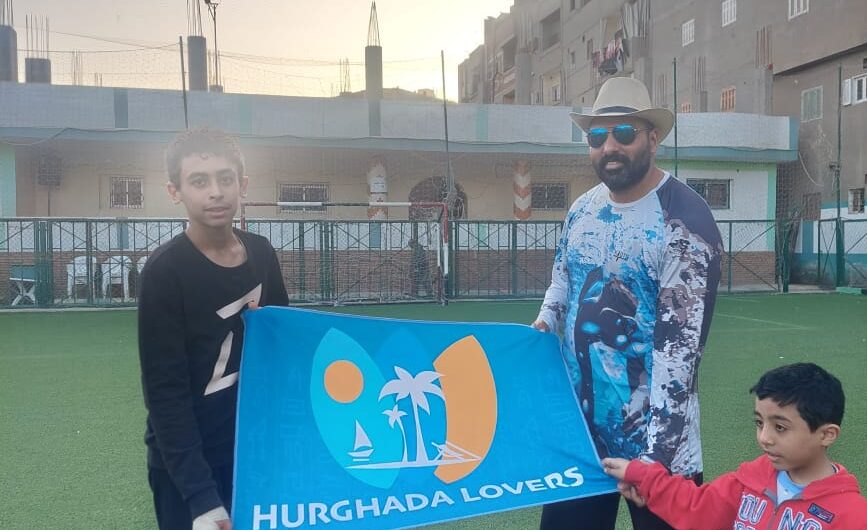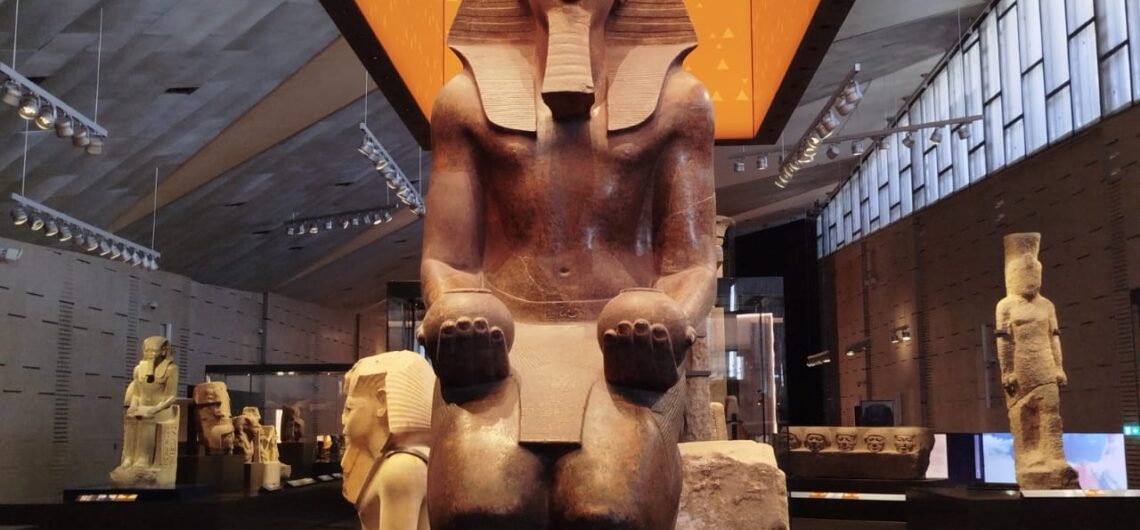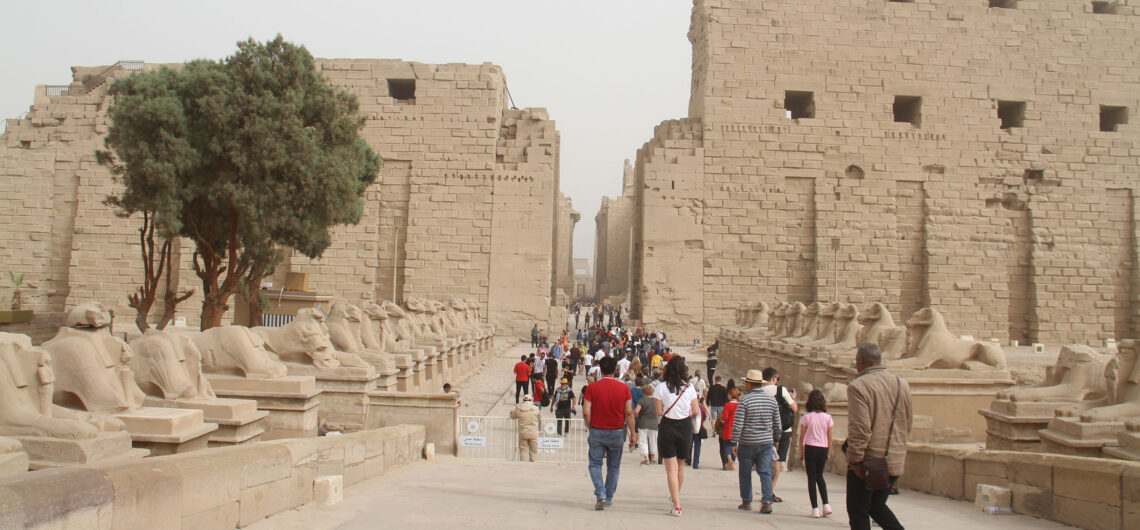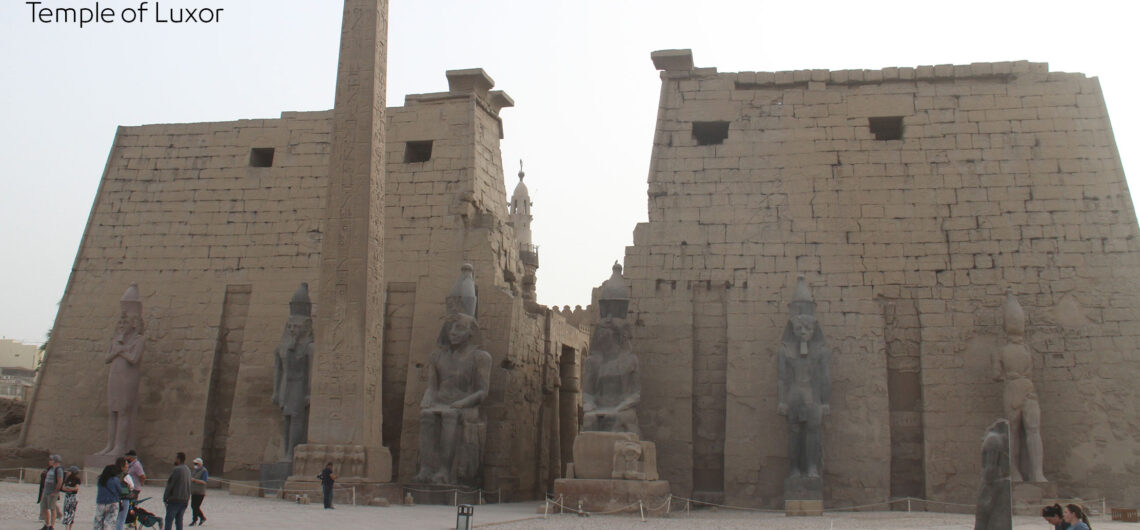Sponsorship Football Championship Ramadan 2025, Mansoura, Egypt Egypt tours lovers company has begun active social engagement to encourage and nurture Egyptian talent across all sports. It initially launched a full sponsorship of the 2025 Youth Football Championship for the 2008 and 2011 age groups, held on artificial turf pitches in
Things to do in Egypt | Map Sightseeing , Tourist Attractions, Places to Visit & See in Cairo, Luxor, Aswan, Alexandria – Best places of interest and travel in Egypt country.
Grand Egyptian Museum & What to see from inside? Ancient Egypt Antiquities | Artifacts King Tutankhamun Treasures in GEM, Giza Cairo to Discover Ancient Egypt History, Facts. Detailed explanation of all the artifacts, relics and antiques in the halls of the Grand Egyptian Museum from the inside with pictures and
Karnak Temple Complex in Luxor Egypt | Egyptian Temples in Ancient Egypt Discover Secrets, Architectural Design and map of the Karnak Temple Complex in Luxor and the historical facts of its construction stages, new secrets and discoveries about the wonder of Ancient Egyptian civilization in the arts of sculpture and
Temple of Luxor Facts, History, architecture | Egyptian Temples, Monuments. Discover History Of Egyptian Civilization & Best and Famous Pharaonic Tourist attractions in Luxor city “Thebes”. Temple of Luxor Historical facts: Temple of Luxor was completely covered by sand in 1960 AD until the sand level reached the shoulders of
Egypt Tourist Places | Map Attractions in Cairo, Guide Things to visit Pharaonic Tombs, Egyptian Temples in Luxor and Sightseeing Aswan, places of interest in Hurghada, sharm el sheikh, Alexandria city and more about Egypt Archaeological Sites… Egypt Tourist Places Things to visit in Cairo Pharaonic Tourist attractions in Cairo




